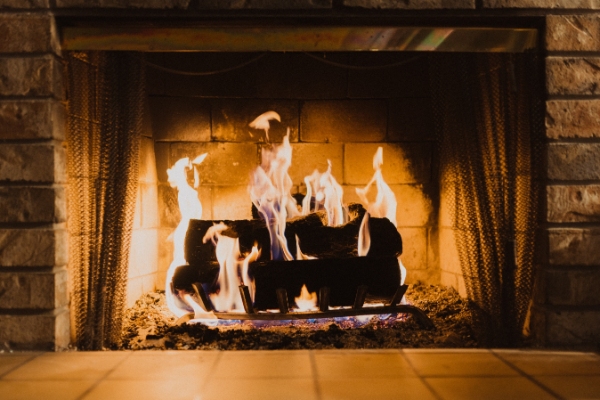ReStore Recap: Make Winter Warmer, Replace Your Toilet, and More!
As we settle into the new year, our ReStore team is back to share their expertise on all things home improvement and DIY!
3 min read
Aaron Lichtov
:
3:15 PM on August 2, 2023

Minnesota’s air currently meets all federal air quality standards. However, even levels of air pollution below the standards can affect people’s health, including levels currently found in parts of Minnesota. We take a look at why it's important to care about the quality of air around you, including in your home.
No matter where you live, you can be exposed to air pollution from vehicle exhaust, smoke, road dust, industrial emissions, pollen, gas-fueled yard equipment, chemicals we use in our homes, and other sources. Air pollution also increases the risk of respiratory infections, heart disease, stroke, and lung cancer, and more severely affects people who are already ill.

The Minnesota Pollution Control Agency (MPCA) found that air pollution played a role in 10% of all deaths (about 1,600 people) in the Twin Cities metro, along with nearly 500 hospitalizations and emergency room visits for heart and lung problems. (2015 data)
Overall air quality in Minnesota has slowly improved since 2008 and currently meets federal standards. Unfortunately, even low-to-moderate levels of pollution can contribute to serious illness and early death.
Data from the Minnesota Department of Health show disparities in heart and lung disease by age, race/ethnicity, income level, and geography. Minnesota also has significant disparities in asthma prevalence by race/ethnicity. The asthma hospitalization rate among Twin Cities children is more than 50% higher than among children living in Greater Minnesota.
Populations most at risk of health problems related to air pollution include:

People who frequently breathe wood smoke are at risk for serious adverse health effects. Wood smoke contains wood tars, gases, and soot, as well as chemicals like carbon monoxide, dioxins, volatile organic compounds (VOCs), and fine particles.
Residential wood burning accounted for 55% of Minnesota’s direct fine particle emissions in the most recent emissions inventory. While many other sources of air pollution are declining, the estimated pollution from wood smoke has increased.
Short-term exposure to fine particles in the air can aggravate lung disease, trigger asthma attacks and acute bronchitis, and may also increase the risk of respiratory infections. Scientists have also linked short-term exposures to heart attacks and abnormal heartbeats. Over time, breathing fine particles in the air increases the chances of developing chronic obstructive lung disease (COPD), chronic bronchitis, cardiovascular disease, or lung cancer. In high concentrations, wood smoke can permanently damage lung tissue.

On average, Americans spend approximately 90% of their time indoors, where the concentrations of some pollutants are often two to five times higher than outdoor concentrations. Moreover, people who are most susceptible to the effects of pollution (e.g., the very young, older adults, people with cardiovascular or respiratory disease) tend to spend even more time indoors.
Common indoor air pollutants include radon, smoke, and lead dust. Carbon monoxide from a faulty furnace, mold from damp walls, or volatile organic compounds from a newly painted room also contaminate indoor air. Pollutants such as fine particles from candles or fireplaces (or from the outdoors) also affect our health.
Biological pollutants—such as mold, pollen, animal dander, dust mites, and cockroaches—may trigger breathing problems, allergic symptoms, or asthma attacks. Tobacco smoke contains some 200 known poisons, such as formaldehyde and carbon monoxide, and at least 60 chemicals known to cause cancer. Radon is the second leading cause of lung cancer in the U.S.
Your gift unlocks bright futures! Donate now to create, preserve, and promote affordable homeownership in the Twin Cities.

As we settle into the new year, our ReStore team is back to share their expertise on all things home improvement and DIY!

Spring is nearly upon us, and we're here to help you spruce up your space to usher in that warm and sunny weather! In this ReStore Recap, you'll also...

As we all start spending more time inside, you may be wondering what projects you can do while staying nice and warm. You'll find plenty of ideas in...